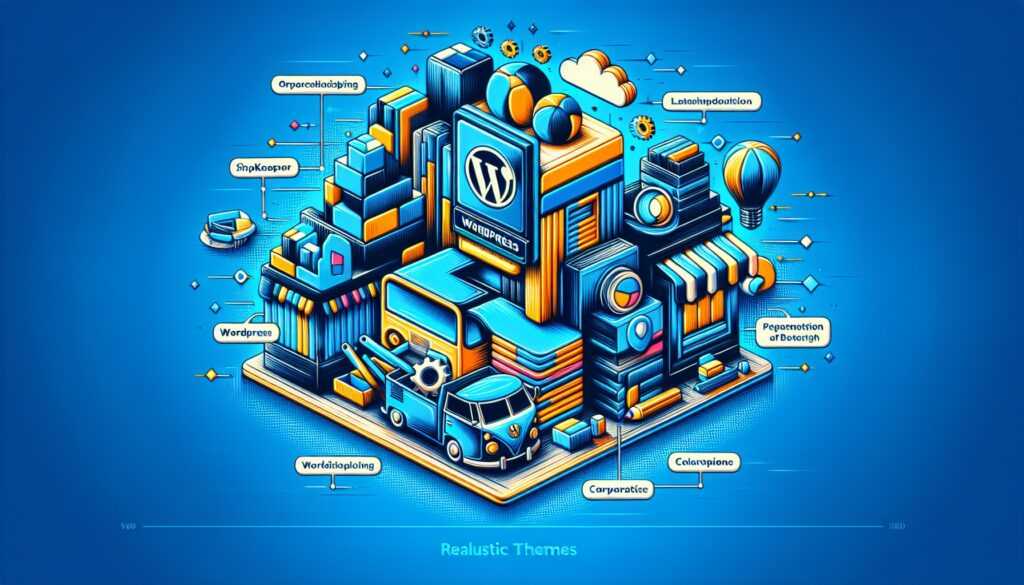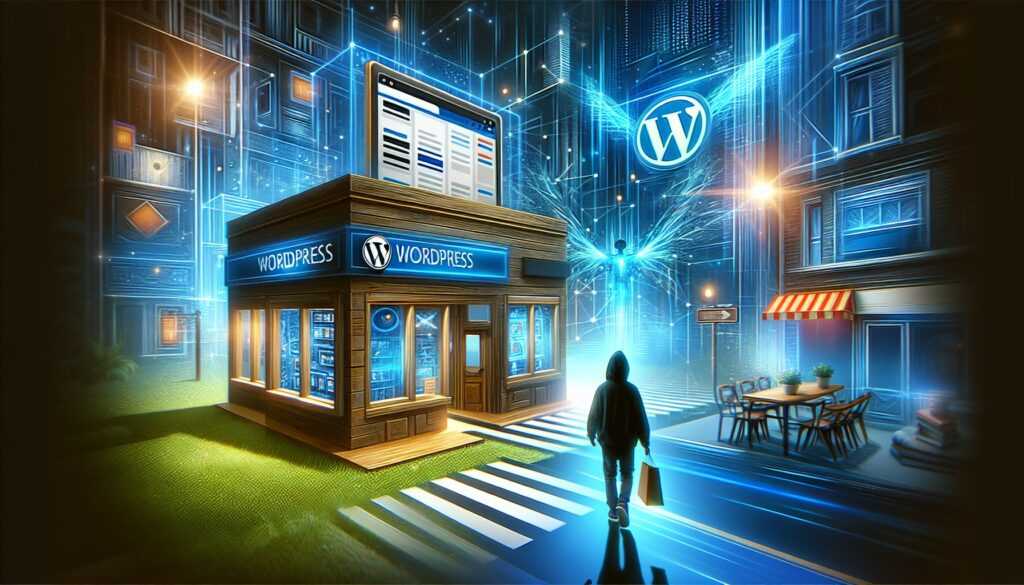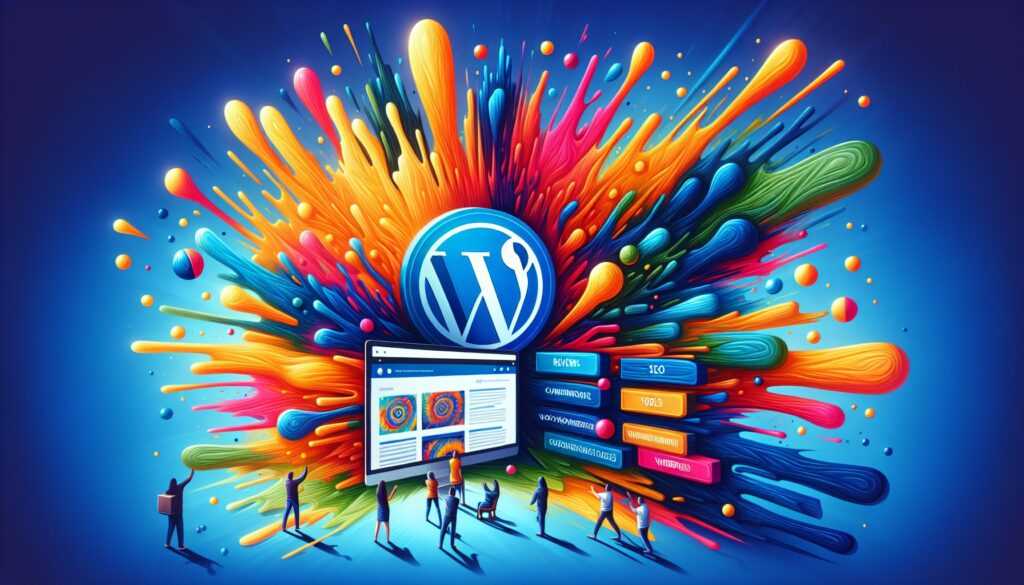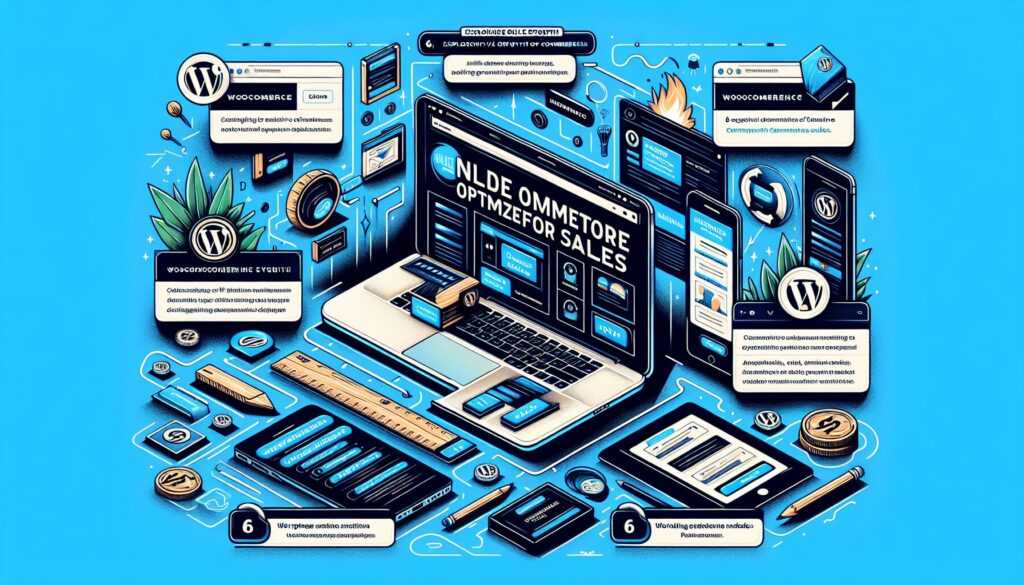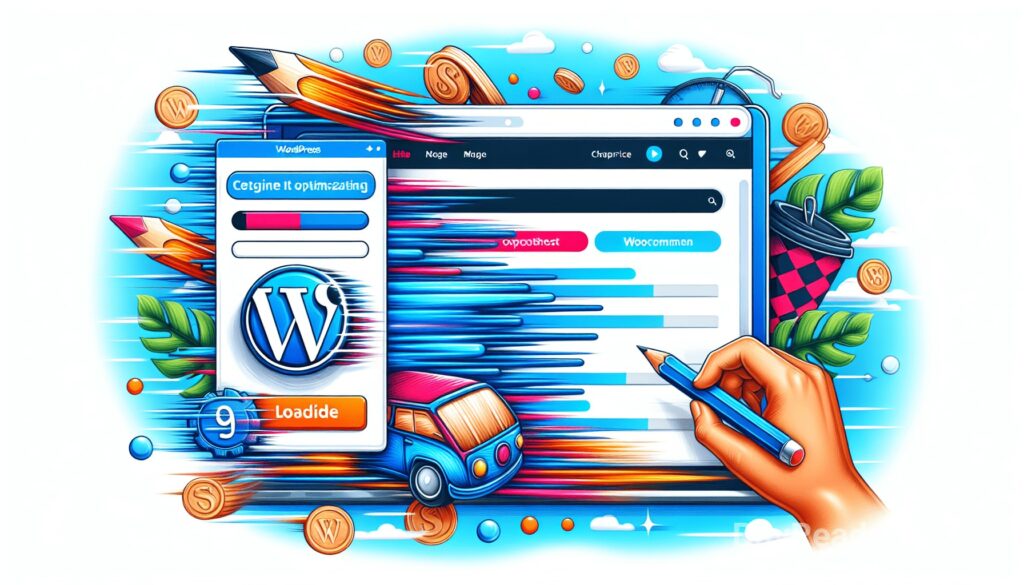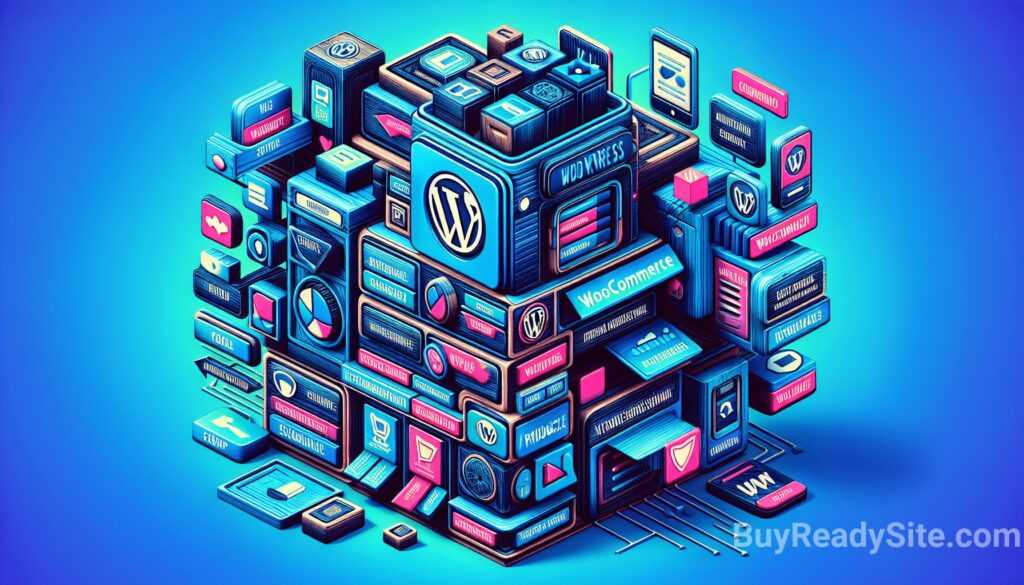Introduction
Website loading speed is of great importance for user experience and the success of your WooCommerce online store. Slow page loading can lead to loss of customers, poor search engine rankings, and a negative impression of the store for visitors. Therefore, increasing the loading speed of your WooCommerce store is an important task for a successful online business.
In this guide, we'll cover 6 impressive hacks that will help you optimize your WooCommerce store's loading speed, increase its performance, and attract more customers.
1. Choose the right hosting
Choosing the right hosting provider plays an important role in the loading speed of your WooCommerce store. A good hosting provider should have high performance indicators, fast database access, and regular data backups.
There are specialized hosting providers that offer optimized plans specifically for WooCommerce. They usually provide faster and more stable access to your store, which has a positive effect on page loading speed. When choosing a host, pay attention to factors such as server speed, bandwidth, and server geographic location.
Example: If you are looking for a dedicated WooCommerce hosting provider, we recommend using the services of Buyreadysite. They provide WooCommerce hosting that is optimized to make your store load faster and improve its performance.
2. Use caching
Caching is a technique that allows you to save a copy of a web page and serve it to visitors without having to make additional requests to the server. Using caching can significantly reduce the loading time of your store pages.
In WooCommerce, you can take advantage of plugins that allow you to set up caching. These plugins create static versions of your store pages and serve them to users. Some popular caching plugins include WP Super Cache and W3 Total Cache.

It is also important to use HTTP caching so that web browsers can save copies of pages on users' computers. This can significantly reduce the number of requests to the server when visiting the store again.
3. Optimize images
Images are one of the main reasons for slow page loading in WooCommerce. Large and unoptimized images can significantly increase the page size and load time.
To increase page loading speed, it is recommended to optimize images before uploading them to the site. This can be done using special plugins, such as WP Smush or EWWW Image Optimizer. They automatically compress images without losing quality.
It is also recommended to use image formats that provide better compression without significant loss of quality, such as JPEG for photographs and PNG for images with transparency.
4. Remove unused plugins and themes
In WooCommerce, as in any other platform, you can install various plugins and themes to extend the functionality of your store. But some of them can overload your site and slow down its loading.
Regularly check which plugins and themes you are actually using and remove those that are irrelevant or not used. This will help reduce the load on your site and improve its loading speed.
It is also important to update all installed plugins and themes to the latest version, as updates typically contain performance improvements and security fixes.
5. Use a CDN

CDN (Content Delivery Network) is a network of servers located in different regions of the world that allow you to distribute your store's static content to the servers closest to the user. This speeds up content delivery and reduces page loading time.
There are many CDN services that you can use with WooCommerce, such as Cloudflare. These services offer free plans with basic features and paid plans with additional features.
To use a CDN with WooCommerce, you need to sign up for a CDN service, set it up for your store, and configure the WooCommerce plugin to work with the CDN. This will ensure optimal page loading speeds for your store.
6. Optimize your database
The WooCommerce database stores all of your store's data, including products, orders, customers, and other information. If the database becomes too large or contains outdated data, it can slow down your store.
Perform regular database optimization to remove unnecessary data and improve its performance. You can use plugins such as WP-Optimize or Advanced Database Cleaner, which automatically perform database optimization.
Example: If you want to learn more about how to optimize your WooCommerce checkout pages, check out this article 10 Innovative Ways to Improve Your WooCommerce Store's Checkout Pages.
Conclusion
Increasing the loading speed of your WooCommerce store is a key factor in attracting customers and providing a good user experience. By choosing the right hosting, using caching, optimizing images, removing unused plugins and themes, using a CDN, and optimizing your database, you can significantly improve the loading speed of your store.
Use the hacks presented in this guide and monitor your store's performance using various tools such as Google PageSpeed Insights or GTmetrix. This will help you identify which aspects require additional optimization to achieve maximum page loading speed.

